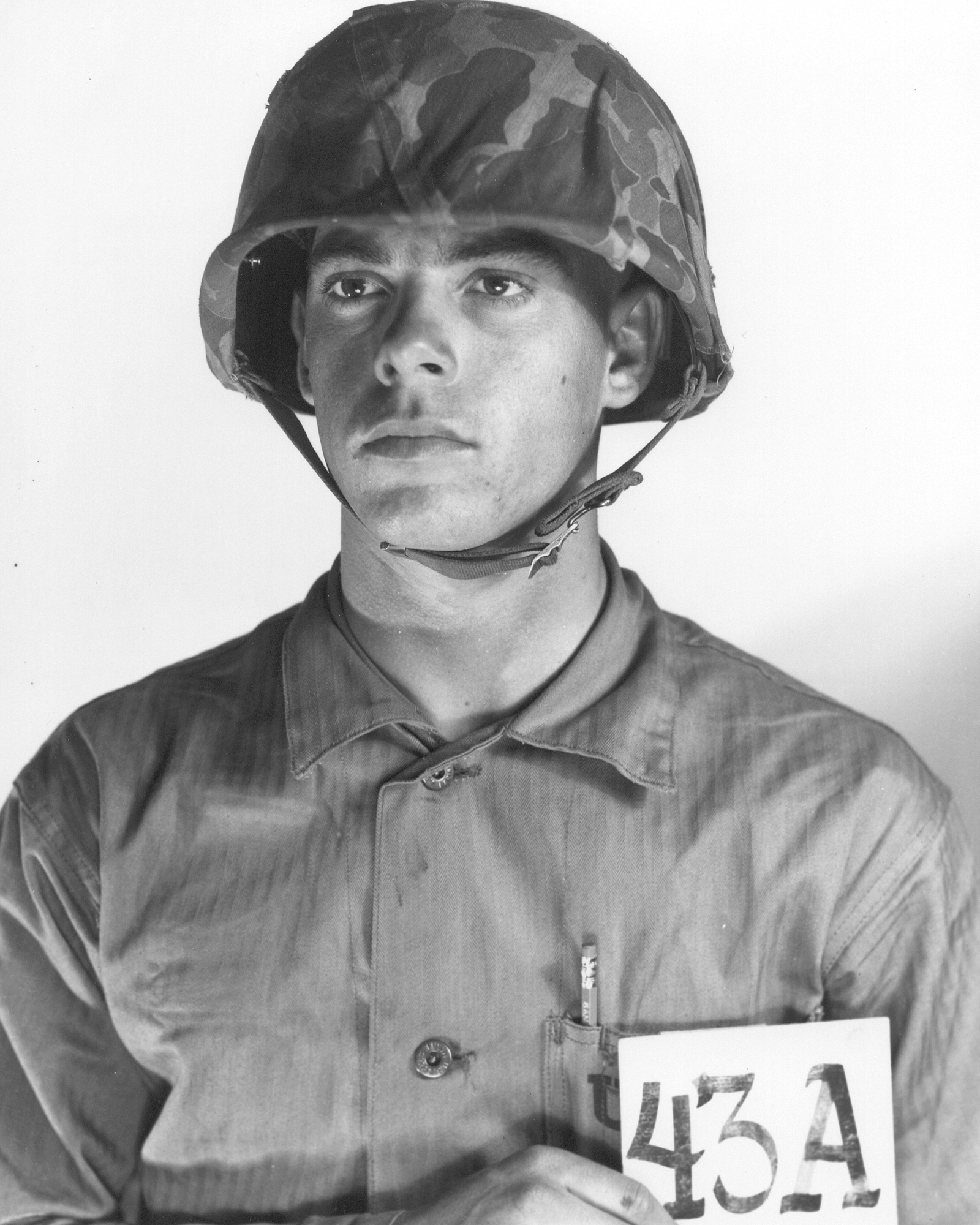Hedy Lamarr enchanted Hollywood as a silver screen starlet. However, she had a brilliant and innovative mind, pioneering technology that would be used as a basis for Wi-fi, Bluetooth, and GPS systems. Born in Austria in 1914, she was originally named Hedwig Eva Kiesler. From a young age, she was curious and imaginative. At the age of 16, she was discovered by director Max Riendhardt, who saw potential in her and moved her to Berlin to study acting. By 1930, she had her first role.
Her beauty, accent, and grace from a lifetime of ballet captivated the masses and she began to make a name for herself in Hollywood. Unfortunately, this meant her intellectual aptitude was thrown by the wayside. Known as a beautiful face, she garnered many suitors, including businessman and pilot Howard Hughes. Dating briefly, Hughes fostered her innovative side. He gave her a set of equipment to use in her trailer and frequently toured airplane factories with her. Lamarr was inspired by Hughes' ambition to create a faster airplane and put her mind to work. Drawing inspiration from birds and fish, she drew up a prototype of a new airplane wing.
In 1940, Lamarr was introduced to George Antheill, a composer, musician, and inventor. They quickly became friends. Lamar and Antheil frequently discussed their fear of the impending second world war. Antheil claimed that Lamarr felt guilty for making large amounts of money in Hollywood while doing nothing to help the war efforts. The two put their heads together in order to develop mechanisms that could help defeat the axis powers.
Soon, they developed a brilliant communications system with the original intent to guide torpedoes to their targets. This system was known as “frequency hopping”. In 1942, Lamarr and Antheil were given a patent. However, the Navy decided against using their technology. Ever the patriot, Lamarr sought other ways to help the war effort.
She leveraged her celebrity status to sell war bonds. In 1953, she finally became an American citizen. Sadly, her patent expired before seeing any profit from it. It was not until the late 1990s that her brilliance was acknowledged, when she and Antheil were given the Pioneer Award. In 2016, she was posthumously inducted into the National Inventors Hall of Fame.
Good job Navy.



%201.svg)










